| Year | Population |
|---|---|
| 1970 | 41,779 |
| 1980 | 40,481 |
| 1990 | 39,757 |
| 2000 | 35,690 |
| 2010 | 36,592 |
| Geographic Data | |
|---|---|
| N. Latitude | 44:05:21 |
| W. Longitude | 70:10:21 |
| Maine House | Dists 58-61 |
| Maine Senate | District 21 |
| Congress | District 2 |
| Area sq. mi. | (total) 35.2 |
| Area sq. mi. | (land) 34.1 |
| Population/sqmi | (land) 1,073 |
County: Androscoggin
Total=land+water; Land=land only |
|
Thorncrag Bird Sanctuary in Lewiston (2002)
[LUU-iss-tun] is a city in Androscoggin County, settled in 1770 and incorporated as a town on February 18, 1795 from Lewiston Plantation. After annexing land from Greene and Webster (now Sabattus) in 1852, it became a city on November 22,1862.
Lewiston Falls, on the Androscoggin River between downtown Lewiston and neighboring Auburn, its “twin” city, was a fishing source for Native Americans.
Great Falls at Auburn-Lewiston (1973) (U.S. EPA)
It was known by them as Amitgonpontook, or the falls where you smoke meat or fish, a meaning similar to Androscoggin.
In 1874, the city was the site of the formation of the Maine State Grange.
Recently, a park has been developed at the site of the falls, known as Great Falls, and one of the old mills, now a housing complex, that once thrived on its power.
The falls provided power for the many mills and factories that dominated the local economy during the 19th and early 20th centuries. A canal system supported the factories. As recently as 1978 Jim Brunelle could state “Lewiston is the largest textile manufacturing center in Maine.” In the early 21st century that distinction has all but disappeared.
The Bates Manufacturing mill, built on the Lowell (Massachusetts) model, is now defunct. It began production in 1852 and by 1857 had, according to the Lewiston Falls Journal, surpassed the capacity of mills in Lawrence and Lowell Massachusetts. Having stockpiled cotton prior to the Civil War, Bates excelled during the war, operating five of the eight cotton mills in Lewiston and employing over 5,000 men and women.
The great demand for manufacturing labor in the 19th century drew large numbers of French speaking people from Canada and northern Maine. Their descendants and the locally adapted culture still dominate the City’s character. While the population of Maine declined in the 1860s that of Lewiston grew by 83 percent then added 40% in the 1870s.
During the late 19th century labor unions emerged in response to difficult working conditions and the efforts of the Knights of Labor to enact labor reform laws in Maine. The following list of Lewiston unions in 1903 provides an insight into the economy of the time: Bricklayers, Masons and Plasterers; Brotherhood of Painters, Decorators and Paper Hangers; Carpenters and Joiners; Cigarmakers; Cotton Mule Spinners [textile workers]; Granite Cutters; Iron Moulders; Masons Tenders; Retail Clerks International; and Typographical. In addition Auburn’s Boot and Shoemakers’ Union probably served Lewiston workers.
From 1970 to 2000 the city’s population was again in decline. In 2010 it grew by about 1,000, reversing the trend. This time another ethnic group, Somali refugees from their homeland, were instrumental in the recent growth.
As did many working class immigrant communities, the Franco-Americans found support in the Democratic Party and made the city a major political stronghold for the Democrats. Lewiston contributed two 19th century governors, Nelson Dingley, Jr. (1874-1876) and Alonzo Garcelon (1879).
The first governor of the 20th century from the city was Louis L. Brann, elected in the depths of the Depression (1933-1937), even as Franklin D. Roosevelt lost in Maine during his winning national landslide election as president. James B. Longley, Sr., a Lewiston insurance executive, became the state’s first modern “independent” governor, serving from 1975 through 1979.
Former Red Sox manager Bill Carrigan was born in the city in 1883. U.S. Senator William P. Frye was born here. It is the birthplace of U.S. Representatives Frank M. Coffin; Ebenezer Herrick, whose son, Anson Herrick, editor and publisher, was also born here; James B. Longley, Jr., whose father was born here; Daniel J. McGillicuddy, and Wallace White, Jr.
Alice Parker of Lewiston was the first woman admitted to the Androscoggin County Bar in 1932. She was also the first woman to argue a case, which she won, before the Maine Supreme Count. She specialized in probate law. [“Cross Examination.” Lewiston Journal. September 15, 1952. p. 12]
Bates College and a Lewiston-Auburn division of the University of Maine are located in the city. Even with declines in population, recently arrested, it remains Maine’s second largest city.
Lewiston is home to Thorncrag Bird Sanctuary, one of New England’s largest. Founded by the Stanton Bird Club, access is from the Highland Springs Road, off Sabattus Street. It also hosts Bates College and Central Maine Medical College of Nursing and Health Professions.
Form of Government: Council-Mayor-Administrator.
Additional resources
Album Historique Paroisse Canadienne-Française de Lewiston (Maine). Lewiston, Me. Les Pères Dominicains. 1899 (Lewiston, Me. Le Messager).
Brunelle, Jim. Maine Almanac.
Early history of City of Lewiston, Maine 1770 to 1878. Photocopy at Maine State Library of Clarence D. Farrar’s scrapbook of collected newspaper clippings from Lewiston area newspapers.
Elder, J. G. History of Lewiston. Boston, A. G. Daniels, printer. 1882.
Frenette, Yves. La Genèse d’une Communauté Canadienne-Française en Nouvelle-Angleterre: Lewiston, Maine. c1988. (Thesis (Ph.D.)–Université Laval, 1988) [University of Maine, Raymond H. Fogler Library, Special Collections]
Giguere, Lisa. Making Connections: Community Building in Lewiston, Maine, 1770-1815. Thesis (M.A.)–University of Southern Maine. 1996.
Hodgkin, Douglas I. Historic Lewiston: the Grange at Crowley’s Junction. Lewiston, Me. Sponsored by the Lewiston Historic Commission, 2003. (Auburn, Me. Central Maine Community College) [Maine State Library]
Kirk, Geneva. Historic Lewiston: Its Government. Lewiston, Me. Central Maine Vocational Technical Institute. 1982
Lewiston Historical Commission. Historic Lewiston: Franco-American Origins. Auburn, Me. Central Maine Vocational Technical Institute, 1974.
The Lewiston Strike of 1937: Student Research Projects, s25, Spring 1998, Bates College. Preface, introduction and compilation of data by Victoria Johnson. Lewiston, Me. Bates College. 1998. [Lewiston/Auburn College Library]
Libby, Gary W. Early Chinese Residents of Lewiston, Maine. Maine. G.W. Libby. c2006. [Maine State Library]
Scontras, Charles A. Two Decades of Organized Labor and Labor Politics in Maine 1880-1900. Orono, Me. University of Maine. Bureau of Labor Education. 1969.
Speer, Rick. “Documenting the Industrial Life of1000367 a Maine City.” Annotations. December. 2002.


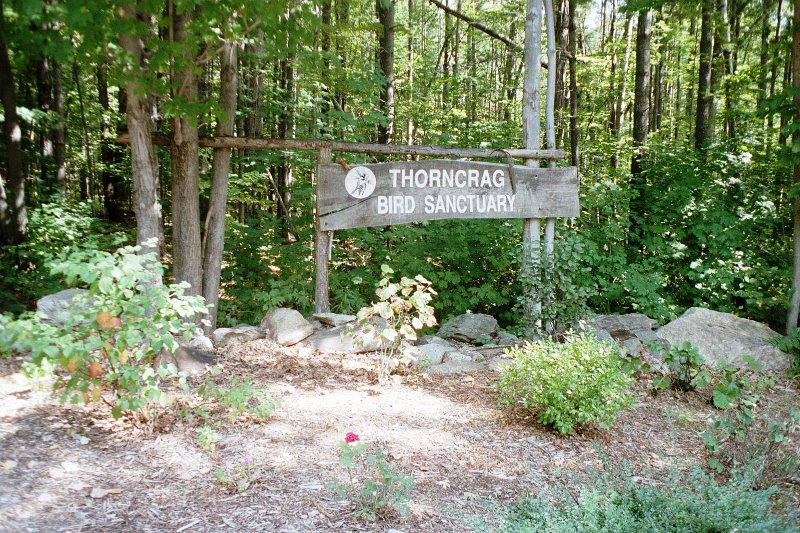

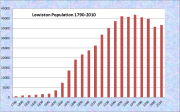
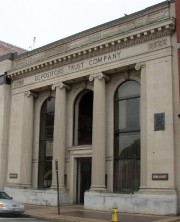
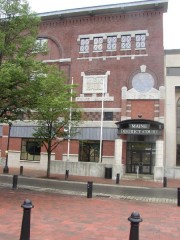
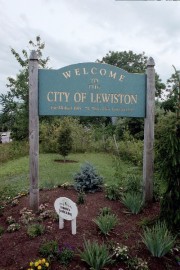



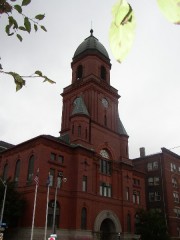


Received this February 22, 2015:
From: Barry Douch
Subject: Cecil A. Moore’s dog sled trek of 1949-51
Message Body:
Hello: I am attempting to research information on Cecil A. Moore’s 6000-mile dog sled trek that began in Nov. 1949 in Fairbanks, Alaska and ended in April 1951 in Lewiston. I am a collector of Canadian/U.S. dog sled mail and have found few facts on the man and the journey he undertook. I do know it was to raise $200,000 for underprivileged children through the sale of 12,500 envelopes.
It seems that Lewiston is a hub of interest regarding dog sledding as I’m aware of another run led by the Pulsifer brothers to Montreal in 1928-29. If you, or anyone you know, have any historical data or photos on either of these events you can share I would very appreciative. Thank you for any assistance on this topic and have a great day! Barry